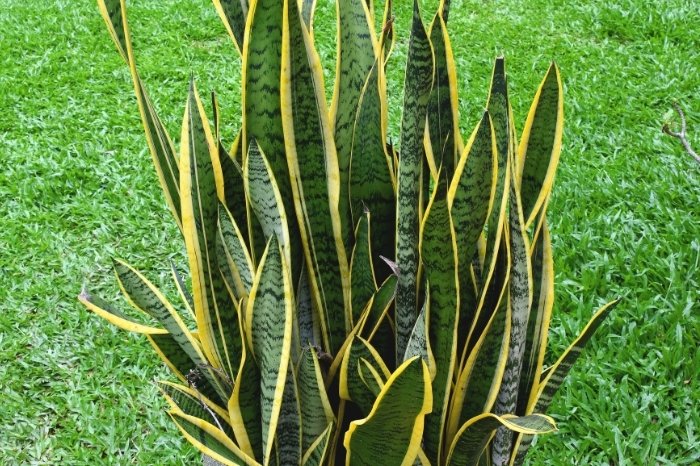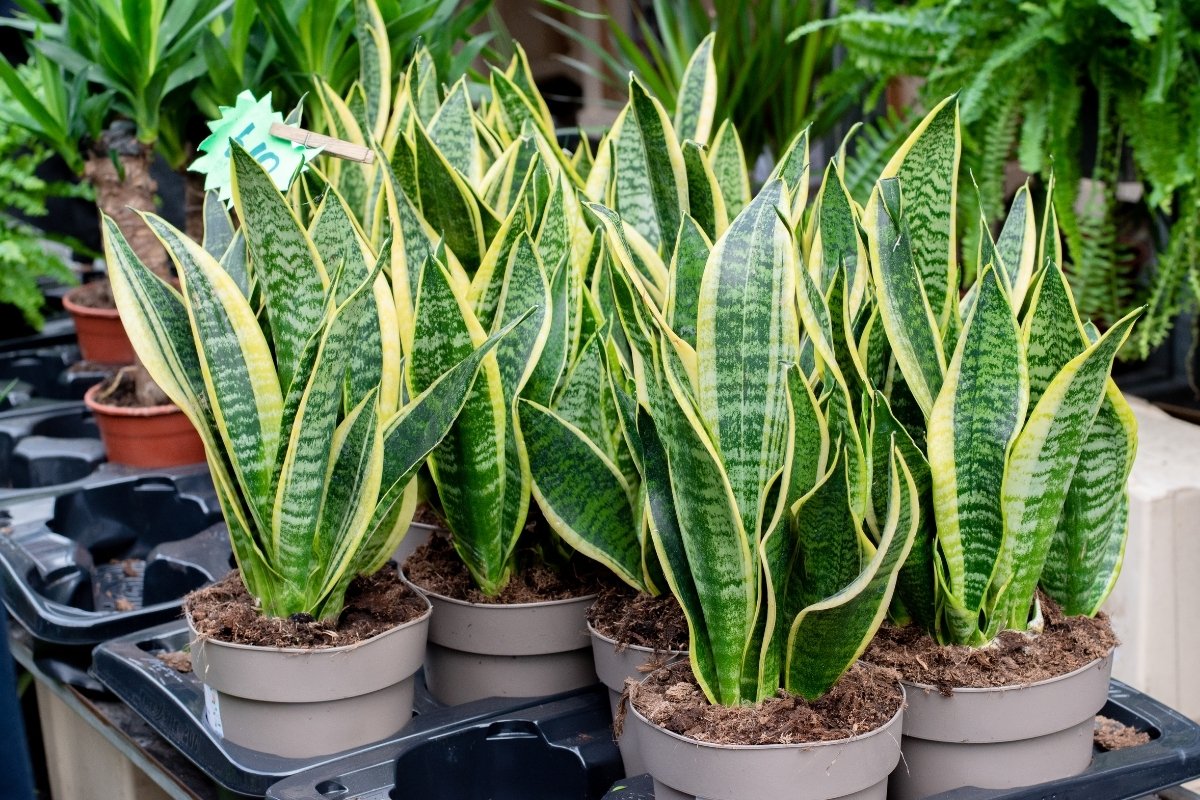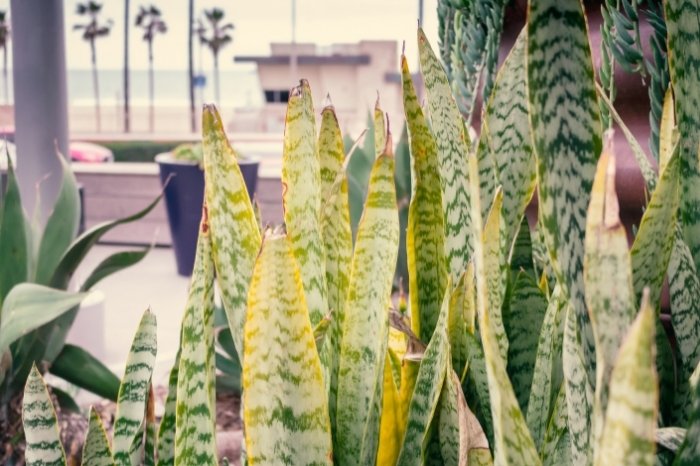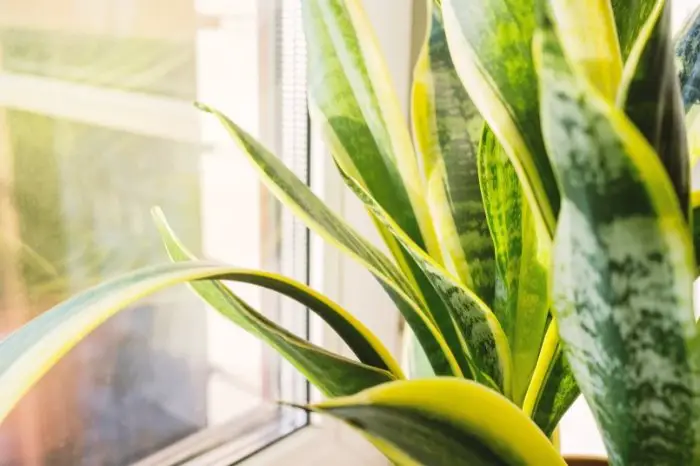Last Updated on May 3, 2022 by Fabiola L.
Hardy tropical plants like the Sansevieria are predominantly easy to care for, but do you know how severe snake plant cold damage is? Before throwing your whole plant away, you should try a couple of tips.
The Sansevieria, popular as a snake plant, is part of the succulent family. Like all succulents, it can thrive in poor conditions but up to a specific limit. Low temperatures and too much water can cause your precious houseplant to droop.
How Hardy Is A Snake Plant
Snake plant thrives in USDA Hardiness zones 8 to 12. It’s a tropical plant that is native to the African region. The leaves are so sturdy and robust that people used them to make hunting gear in the past. Some varieties are popular for their air purification benefits.
The snake plant is a hardy plant when it comes to living conditions. It can go extended periods without water and doesn’t require fertilization. It’s very low maintenance; all you need to do is re-pot it once a year.

Best Conditions For A Sansevieria Plant
There are 4 varieties of Sansevieria: trifasciata, hahnii, cylindrica and masoniana. The snake plant is Sansevieria trifasciata. It has tall, dark green leaves with lighter stripes that resemble a snake’s skin. Some varieties are more elevated, and some are dwarf versions.
The proper conditions for a Sansevieria trifasciata include warm temperature and over 50°F winter temperatures. Well-draining soil mixed with some sand and gravel is a must. The snake plant tolerates shade when it comes to location but prefers indirect sunlight. You can rotate it occasionally.
In winter, as temperatures go down, the snake plant goes dormant, requiring different attention, especially less watering.
Click here to Learn about:
Can Cold Water Damage Your Snake Plant?
Coldwater can permanently damage your snake plant. As it penetrates the soil and reaches the root, it stresses it to the point of rotting. This results in leaf damage and the plant dying.
If you water the snake plant with cold water in summer, it will go dormant, just like it would in winter. So always use room temperature water to keep your plants healthy.
Perfect Plants Liquid Snake Plant Fertilizer | 8oz. of Premium Concentrated Sansevieria Plant Food
What Can Lead To A Snake Plant Dying
Water is the number one enemy to your snake plant. The snake plant is much more luscious than other succulents, so it’s easy to forget where it comes from. While you probably know how succulents are drought-tolerant, you can easily overwater the snake plant.
A well-draining pot mix is essential. Adding sand and gravel will mimic the natural environment of the snake plant and allow faster draining of excess water.
A pot with drainage holes is another must. The best way to water the snake plant is to soak it. This way, the roots are the first recipients of the water.
Cold draft in winter, too low temperatures, and overwatering will kill the snake plant.
How To Recognize Cold Damage In A Snake Plant
The first signs of cold damage appear on the snake plant’s leaves. You might not notice it right away because they can appear up to 4 weeks after the plant has been exposed to severe temperatures.
Stress shows up differently on the leaves. When it lacks water the leaves start to curl. They might even snap vertically or get creased. It can get droopy and look like it’s melting away. But when it suffered cold damage, the leaves start to get mushy and soft.
How To Save A Snake Plant
To save a snake plant from dying or suffering severe damage, make sure you provide it with the proper growing conditions. Start by picking a suitable place in your house. You can keep the plant outside year-round only if you live in an area where night temperatures stay around 60°F.
Windows and entrances where there’s a constant drastic temperature change are not a good idea. Changes in light can shock the plant too. If you want to move it, do it gradually. Expose the plant to more light each week until you reach the desired place. Avoid direct bright sunlight.
Water it less frequently but more thoroughly. If the leaves have started curling, snaping, or turning brown, soak the pot right away.
How To Revive A Snake Plant
Cold damage doesn’t mean you have to say goodbye to your plant. While you can’t restore the soft and mushy leaves to their previous firm form, you can save the rest of the plant.
Start by transferring the plant into a dry room with a temperature between 55°F and 85°F. Make sure it’s away from frosty windows and cold draft. Don’t place it near a source of heat like a radiator. Instead, leave it for 48 hours to adjust to the new temperature.
Read more about How Cold Can Aloe Tolerate? Surprising Facts About The Aloe Vera Cold Tolerance
What you want to do next is water the plant. There’s a huge possibility that the cold has taken all the moisture from the leaves.
Then take your garden scissors and precisely cut the squishy leaves down to the base. Check thoroughly and remove all damaged leaves as the damage can spread to the rest of them.
Don’t fertilize the plant until it looks completely healthy and starts growing. Fertilizers will stress the plant further, unnaturally forcing it to produce new growth.
Read more about Why Does Dog Pee Kill Grass? – An In-Depth Look
Benefits Of Growing A Snake Plant
The snake plant is famous for its capability to clean the air in your home. Not only can it absorb toxins like benzene, toluene, and formaldehyde, but it also converts carbon dioxide to oxygen – all day long!
It can also help several airborne allergies, so it’s a good choice for a bedroom plant. Just make sure to wipe the dust from the long leaves regularly.
Bottom Line: Can You Save A Snake Plant With Severe Cold Damage
When growing a snake plant in a colder climate, you can expect some cold damage. If you have your pots outside, remember to bring them inside before temperatures drop below 50°F. The cold damage on a snake plant shows up as soft mushy leaves that can’t recover. It’s best to cut all injured leaves and let the plant nurse itself back to health.
Mary is a passionate gardener who loves spending her days getting her hands dirty and nurturing her plants. She‘s an avid reader of gardening magazines and is always looking for new ways to make her garden thrive. When not outside tending to her plants, Mary can be found inside reading up on the latest gardening trends, comparing notes with fellow gardeners, and finding the perfect pottery planter for her next planting project.





